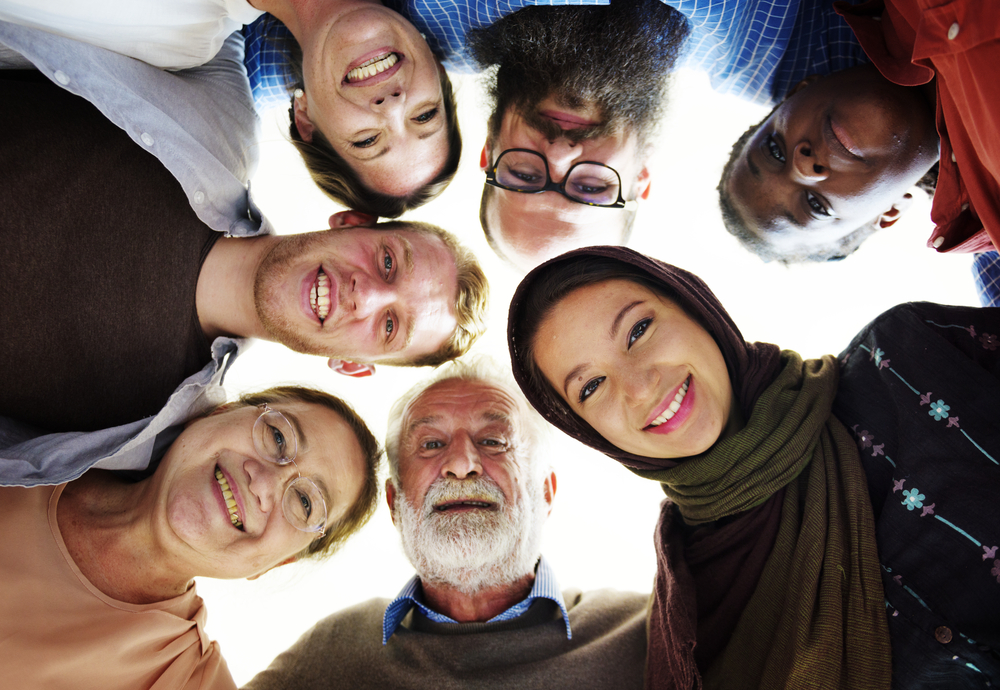The very first article of the Universal Declaration of Human Rights refers to everyone being “free and equal in our rights and dignity.” Recognising the inherent equality of all people is key to treating each other with respect and ensuring the dignity and freedom of everyone.
It is fundamentally wrong for a government or authorities to unfavourably discriminate against people based on their race, gender, religion and a range of other characteristics.
Sometimes the implementation of the right to equality for all will require substantial changes or measures to overcome entrenched systemic or structural discrimination.
We all have the right to equality and non-discrimination and governments not only have to ensure existing systems don’t discriminate, they also have a duty to ensure the private sector doesn’t discriminate.
Types of discrimination
Some discrimination is known as “direct discrimination”. For example, if a restaurant refused to serve someone because they were a person of colour, that would be a clear case of direct discrimination. Other forms of discrimination are known as “indirect discrimination”. This is when a law or policy – even if it isn’t deliberately targeting a particular group of people – has a disproportionate and negative impact on that group. For example, there are concerns that strict ‘voter ID laws’ disproportionately exclude certain minorities from voting as they are less likely to have drivers licenses or other needed forms of ID.
Protected characteristics and the right to equality
Right around the world, people are trying to stamp out racism and dismantle the structural racism that continues to create unfair barriers for people of colour.
Feminists and human rights defenders are also tackling sexism and promoting gender equality.
The grounds on which people face discrimination reinforce and worsen one another. For example race and gender together inhibit black women’s advancement to a degree that either factor separately might not.
Various human rights bodies and mechanisms like equality and human rights commissions seek to prevent governments, authorities and businesses from excluding people or treating them unfairly based on particular characteristics. These include political beliefs, sexual orientation, gender identity and expression, disability, religion, national or ethnic origin, age, or other statuses such as being a human rights defender.
ISHR and the right to equality and non-discrimination
Read more about ISHR’s work on the right to equality and non-discrimination.

